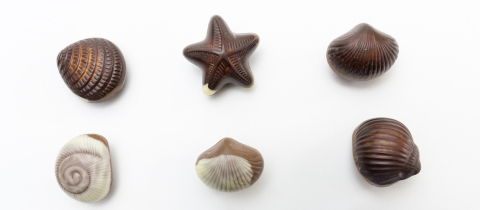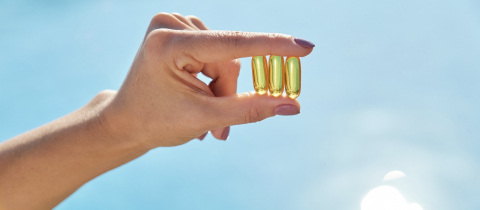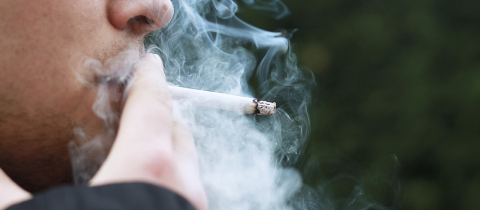In 1940 Japanese researcher Michio Takaoka submitted his thesis for a graduate degree in which he described studies of plants with a folkloric history of having medicinal properties. Such studies involve the extraction, isolation and identification of compounds that may have biological activity. This is a complex and challenging project given that plants are veritable chemical factories, churning out hundreds of different substances. In his thesis, Takaoka described a compound he named “resveratrol” since it had been extracted from the roots of Veratrum grandiflorum (white hellebore) and had a molecular structure that incorporated the skeleton of a smaller molecule, resorcinol. Takaoka did not attribute any special properties to this compound and could not have imagined that resveratrol would one day be the subject of more than 20,000 research publications or that shelves in health food stores would sag under the weight of a multitude of bottles filled with resveratrol pills promising enhanced health and longevity.
Resveratrol research was more or less dormant until John Pezzuto’s group at the University of Illinois’ College of Pharmacy published a paper in 1997 entitled “Cancer Chemopreventive Activity of Resveratrol, a Natural product Derived from Grapes.” It was no surprise that linking the words “cancer,” “prevention” “grapes” and “resveratrol” generated a great deal of interest. After all, numerous epidemiological studies had shown that diets high in plant products are associated with a reduced risk of cancer, but researchers had been hard-pressed to identify the specific components responsible. There were some indications that glucoraphanin in cruciferous vegetables, epigallocatechin-3-gallate in green tea, curcumin in turmeric and lycopene in tomatoes may have cancer preventative effects and now resveratrol was set to join the list.
Resveratrol came to Pezzuto’s attention when searching for compounds that inhibit an enzyme known as “cyclooxygenase” which had previously been implicated in stimulating tumour growth and suppressing immune activity through the conversion of arachidonic acid in the diet to pro-inflammatory prostaglandins. A search of the published literature revealed that an extract of a plant collected in Peru (Cassia quinquangulata) was a potent inhibitor of cyclooxygenase and resveratrol was the active principle. This led to an investigation of the properties of this compound in cell cultures as well as in rodents with results demonstrating anti-cancer activity. Impressively, topical resveratrol reduced skin tumour incidence in mice that had been exposed to dimethylbenzanthracene, an established skin carcinogen.
Revelation of resveratrol’s anti-cancer effects triggered a cavalcade of studies that multiplied further when it was found to be present in red grapes and consequently in wine. Since wine had already been proposed as the answer to the paradox of why the French suffered a low incidence of heart disease despite a diet high in fat, resveratrol research expanded into its possible role in reducing the risk of cardiovascular disease. The concept of wine possessing special health properties was certainly appealing.
Interest in resveratrol received a further boost when Harvard geneticist David Sinclair discovered that yeast, worms and fruit flies had their lifespan extended when treated with the compound. The plot thickened further when he went on to show that mice fed a high-fat diet that incorporated 22 mg/kg resveratrol had a 30% lower risk of death than their colleagues on the same diet with no resveratrol.
The mice experiments were great ammunition for supplement producers since such a dose of resveratrol was not available from food or wine. Red wine contains less than 2 mg per 150 ml, meaning that a person would have to consume about a hundred bottles of wine to approach the amount of resveratrol fed to the mice. Even dedicated oenophiles would rebel at that prospect. Foods such as peanuts, berries and cocoa powder also contain resveratrol, as vigorously pointed out by marketers who obviously shy away from mentioning that the amounts in such products are insignificant when compared with the dosages used in experiments that have shown some potential benefit.
Supplement sales really took off when prices dropped with the discovery that the Japanese knotweed was a rich source of resveratrol. Marketers’ pockets may have swelled with profits but there has been no parallel swelling of evidence reported in the scientific literature. More than 20,000 papers later, in spite of the plethora of laboratory and animal studies, human clinical trials, and speculation about theoretical mechanisms of action, it is still not possible to say yay or nay about taking resveratrol supplements. On the positive side, there have been no safety issues with doses as high as 5 grams. That’s comforting because if there is to be any beneficial effect from resveratrol, it will have to come from supplements. At some point, I wish we could end such articles with something other than “more research is needed,” but unfortunately this is not that time. As far as that glass of wine with supper goes, there is a good reason for drinking it. The taste. And the pleasant after-effects.







